Personalized Marketing: Cool or Creepy?
For many years we have wondered whether personalized advertising (retargeting) was cool or creepy (perhaps a bit of both?). Essentials of Marketing (Chapter 19) includes…

For many years we have wondered whether personalized advertising (retargeting) was cool or creepy (perhaps a bit of both?). Essentials of Marketing (Chapter 19) includes…
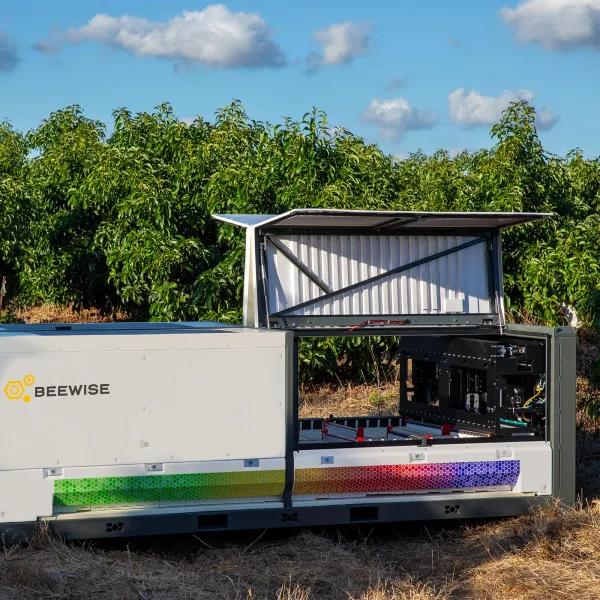
Are you searching for some fun new examples to use in class? Innovation and new products are an important outcome of good marketing. The Time…
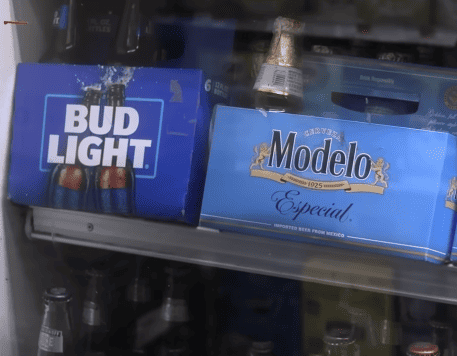
In our textbook, we stay away from references and images of alcohol. We know that some instructors prefer not to expose their students to any…

Artificial intelligence (AI) is on the precipice of radically enhancing customer service and business operations. Zack Kass, in a recent article on MarketWatch, describes the…

Starting with Steve Jobs, Apple has always been masterful at telling stories to position its brands. In recent years Apple has sought to position its…
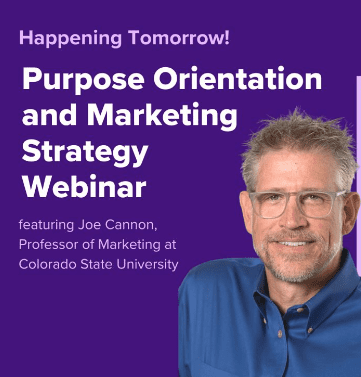
Back in March, 2023, I made a presentation on some research I have been doing with two of my colleagues at Colorado State University. The…
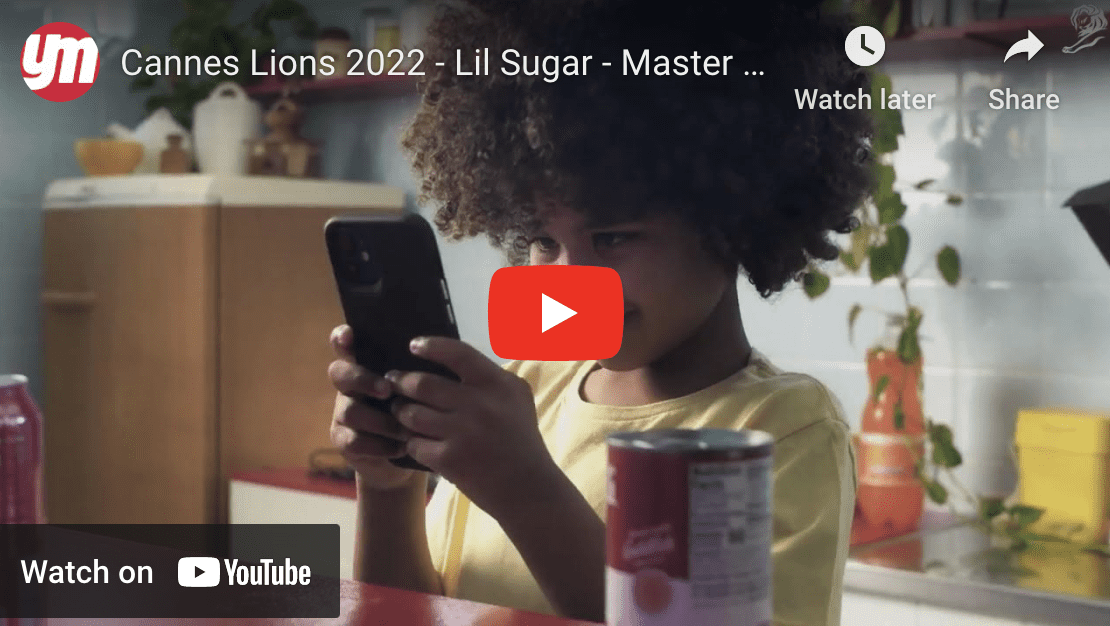
Part of my YouTube PowerPoint collection. This type of video we call a “Case Study” because it includes some details about a promotion. Lil Sugar…
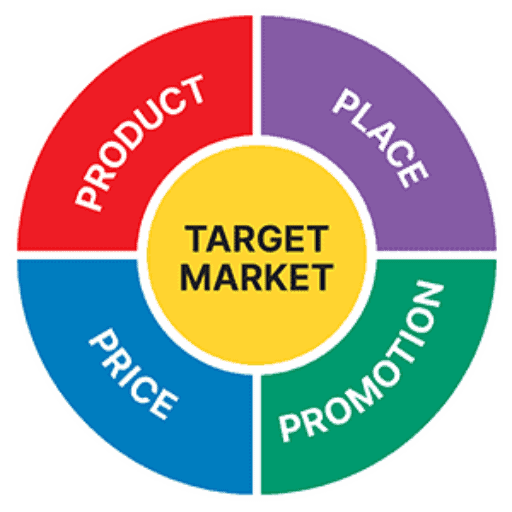
Toxic Influence: A Dove Film – Dove Self-Esteem Project https://youtu.be/sF3iRZtkyAQ (3:48). Good tie-ins with Chapters 1 (#M4BW), 3 (mission statement), 4 (positioning) and C19 (#M4BW)….

I really enjoy getting my weekly email from Trendwatching. What is TrendWatching, let them answer that question: “TrendWatching is a purpose-driven trend firm, inspiring business professionals to…